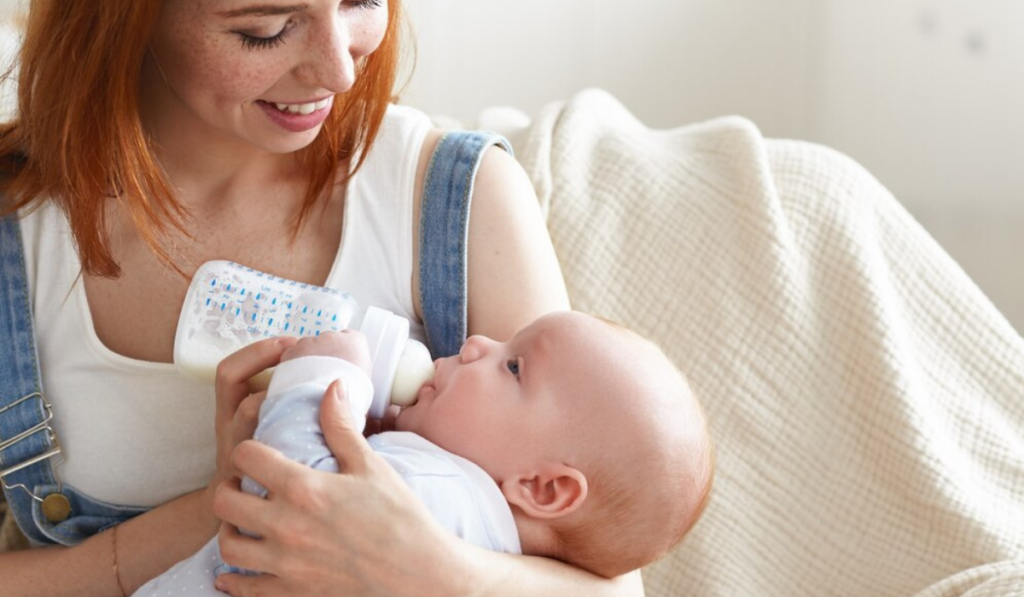As an Amazon Associate. I earn from qualifying purchases
Bringing a new baby into the world is an exhilarating time, but it does not come cheap. With cheap and waste-eliminating options being sort out, many parents are looking towards more sustainable solutions. A common question is ‘Can You Reuse Bottles for Second Baby? So this blog post towards all new mummy and daddys out there with some practical tips on can you reuse baby bottles for your next child so that it becomes an eco-friendly & economical option as well.

Can You Reuse Bottles for Second Baby?
You can, however reuse bottles for your second child as long as the bottle have been cleaned and sterilized correctly. Inspect for scratches, cloudiness or cracks which can have bacteria. Alleges include replacing any damaged bottles and nipples for safety.
Evaluating Bottle Condition
This truly depends on the condition your baby bottles after evaluating them. Inspect each bottle first for any signs of visible damage. Bottles can develop cracks, discolouration or even warp over time. All of these are signs that the bottle may no longer be suitable to use.
Especially the nipples, as they wear out soonest. Look for any thinning, tears or texture differences. For example, even the slightest flaw can greatly reduce a bottle’s safety and cleanliness.
at last, glance at the age of bottles. Some providers suggest that your bottles be replaced every six months to a year, particularly if they are being used frequently. Make sure to always consider the safety of your baby when you make up your mind.
Cleaning and Sterilization
It is very important that bottles reused anew are washed and sterilized meticulously; this will directly impact on the health condition of your newborn. Check out tips for cleaning and behind-the-scenes video here.Start by washing bottles with hot, soapy water. Get yourself a bottle brush to ensure you reach all the nooks and crannies, mostly around the neck and bottom of our bottles.
Once it is washed, the following step is sterilization. There are many ways in which to sterilize baby bottles, including boiling them, using a microwave steam sterilizer or an electric steam sterilizer. Keep in mind; it probably would not be as effective if you do neglect to follow the manufacturer’s guidelines.
Even bottles looking fine must be sterilized periodically to keep them clean and also safe for your new one.
Storage Solutions
Storing baby bottles properly in between kids can help keep them clean and intact. Step one is to ensure all bottles, nipples and other accouterments are 100% bone dry before storing them. This removes light, causing the seeds to germinate and grow without mold or bacteria.
Place the bottles in a dark, dry place amusement from direct sunlight. You may want to store the bottles in a clean, air-tight container or storage bin so that they are less exposed to dust and other foreign objects.
Write the date that you stored bottles on the storage container. This will assist you in monitoring how long they have been stored and allow you to know if it is still safe for them when their time comes.
When to Replace
Reusing bottles can be sustainable and economical but eventually replacements may become necessary. If you notice any signs of damage or wear and tear, it is better to change the bottle.
In addition, if the bottles are in storage for any extended period of time, it may be better to just buy new ones. Plastic in bottles might break down through aging or if it is not taken cared of.
In all cases make sure your baby’s health and safety are of top priority. When in doubt, speak with your pediatrician for individualized anecdote on when to reuse or replace baby bottles.
Conclusion
Provided you follow some simple safety guidelines, turning to reusing baby bottles for your second will be a green thing to do and could save you lots of money. Use this information to inform your decision on bottle preservation and if it is appropriate or unnecessary for the both you, everyone wins.
Check out more resources about sustainable parenting practices. Love & light you have this-Each small sustainable step counts!

